
Station Name: PENISTONE (Great Central Platforms)[Source:
Nick Catford]
old4.jpg) Penistone station looking north-west in the early years of the 20th century. The Woodhead line platforms ared to the left.
Photo from John Mann collection 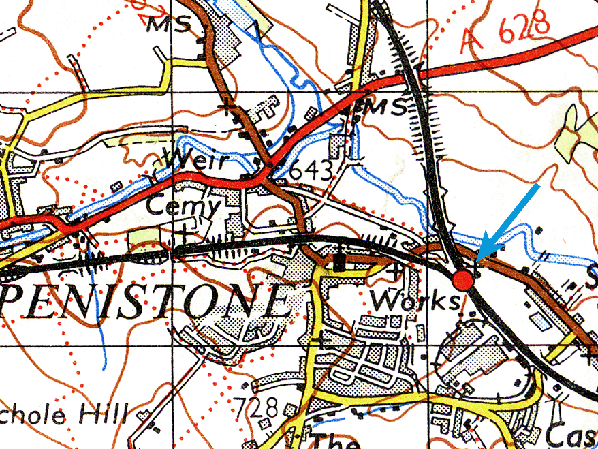 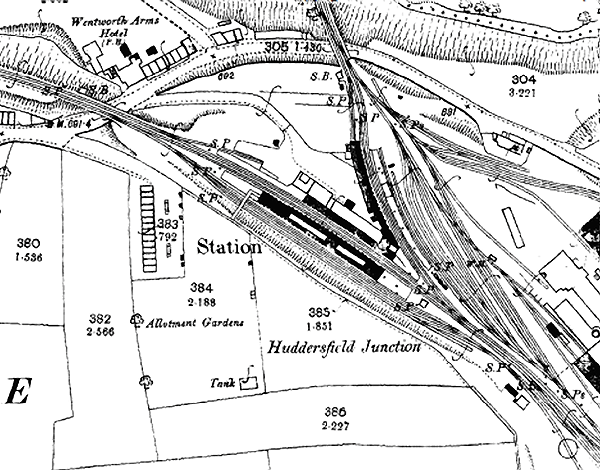 1893 1:2,500 OS map.
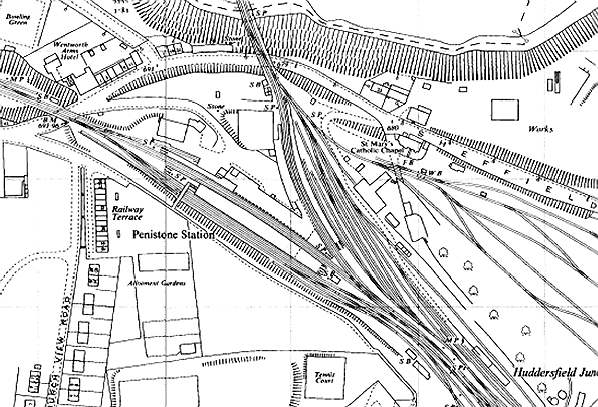 1893 1:2,500 OS map. The building to the north-west of the main station building is a sub-station; it was built during the electrification.
old3.jpg) Looking north-west towards Woodhead tunnel five days before the new tunnel was formally opened and full electric operation began. However, electrically hauled freight trains had been running between Wath yard and Dunford Bridge since February 1952 with handover to steam at Dunford Bridge; this train was probably one of those, headed by Bo-Bo EM1 Nos. 26043 + 26042.
Photo by Ben Brooksbank old7.jpg) E26053 Perseus with the RCTS Great Central Railtour at Pensitone station on 13 August 1966. The loco is in the process of running round its train which had just arrived via the Worsborough incline and was preparing to head for Sheffield Victoria. The railtour was run to commemorate the loss of through passengber workings over much of the Great Central London extension where service cutbacksa were due to be implemented the following month.
Photo by Kenneth Gray courtesy of Bruce McCartney old5.jpg) Penistone station looking south-east towards Huddersfield Junction in August 1969.
Photo by M A King from John Mann collection 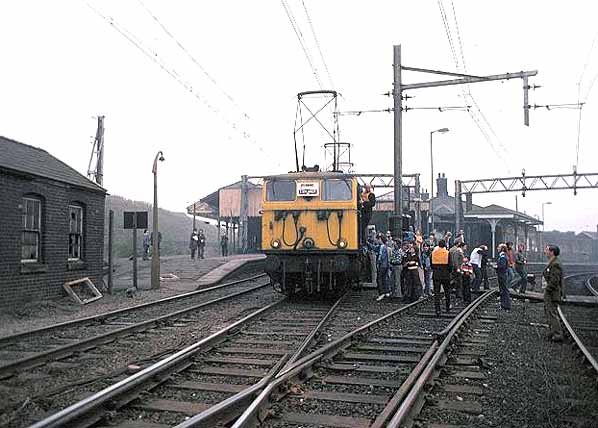 'Pennine Explorer' railtour stops at Penistone on 14 October 1978. This leg of the tour was hauled by two BR Class EM1 Electric Locomotive 76016 and 76009 (one at each end). These locomotives were from a series that was modified for multiple working for operating MGR trains over the Woodhead route in the late 60's. Introduced in 1950, these were the prodution batch of the earlier LNER built version. Photo by Dave Plimmer from Railways of North Wales web site old6.jpg) 76049 is seen working the Thompson B1 Locomotive Society Three Way Special (re-run) at Penistone on 14 October 1978 but carrying a North Country Continental headboard. This was the second railtour to call at Penistone on this day.
Photo by Clive Barlow old2.jpg) Class 76’s - 76006 and 76014 head the last electric train through Penistone - the late running Harwich to Edge Hill Speedlink - shortly before 5am on Saturday 18 July 1981.
Photo by Norman Daley 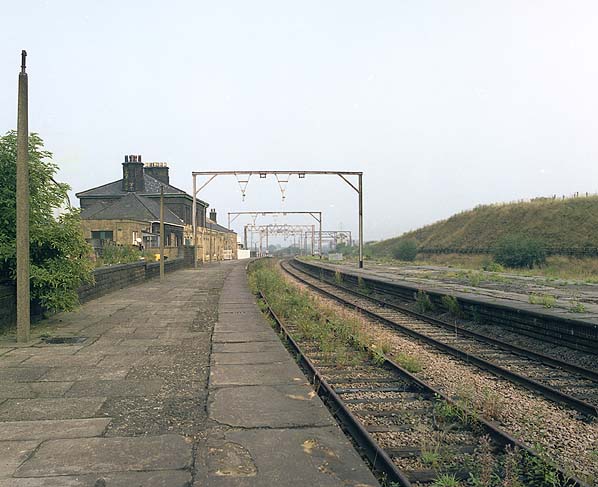 Penistone
Station (GC Platforms) in August 1983
Photo by Nick Catford 7.jpg) Although the line closed in 1981 and the overhead power lines were removed the track was mothballed and not lifted for 5 years.
Photo by Michael Kaye 8.jpg) Class 31, 31 113 pauses at the closed section of Penistone station in September 1986.
Photo by Wilson Adams reproduced from Geograph under creative commons licence 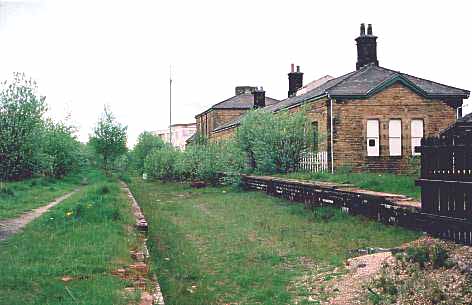 Penistone Station in May 2001
Photo from defunct Lincolnshire and East Yorkshire Transport Review web site new2.jpg) Penistone Station in May 2001
Photo
by Graham Hogg reproduced from Geograph under creative commons licence
Click on thumbnail to enlarge
 Home Page Home Page
|
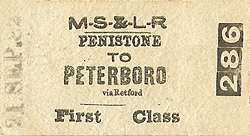




old_thumb8.jpg)
old_thumb9.jpg)
old_thumb10.jpg)
thumb5.jpg)



thumb6.jpg)
